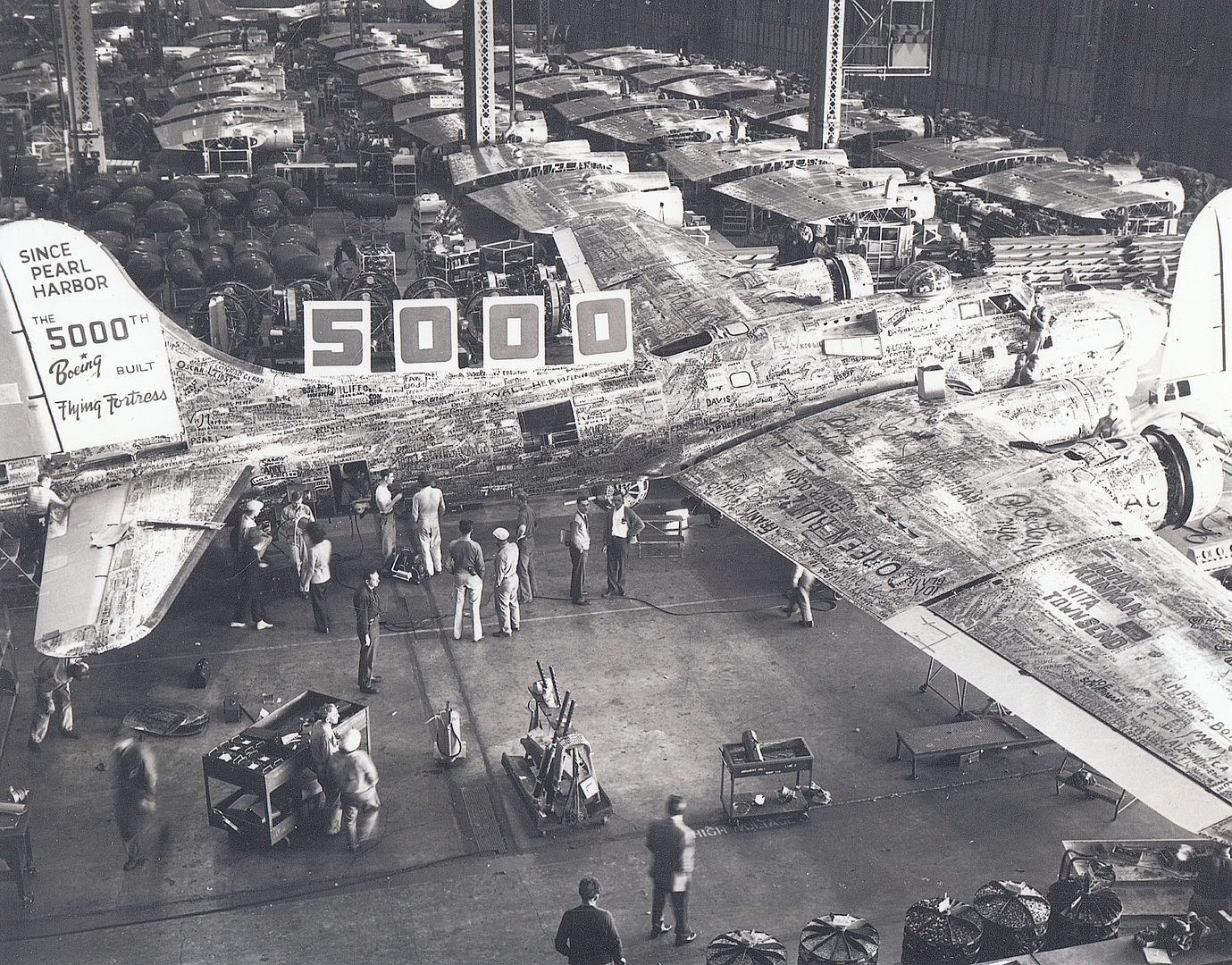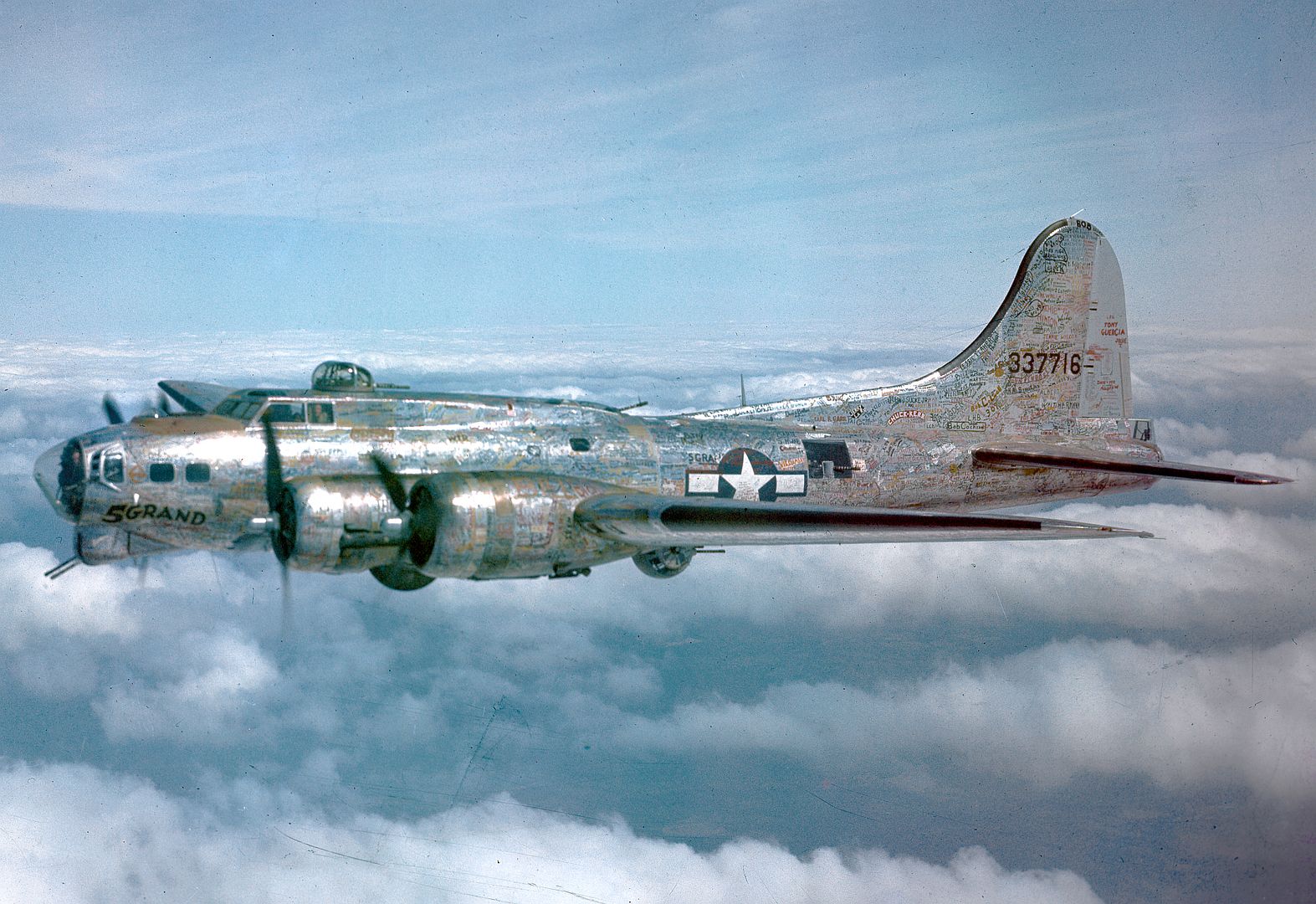Forums
- Forums
- Axis And Allies Forum
- General Discussion
- Photo of the week
Photo of the week
Post a reply
- Go to Next topic
- Go to Welcome
- Go to Introduce Yourself
- Go to General Discussion
- Go to Screenshots, Images and Videos
- Go to Off topic
- Go to Works in Progress
- Go to Skinning Tips / Tutorials
- Go to Skin Requests
- Go to IJAAF Library
- Go to Luftwaffe Library
- Go to RAF Library
- Go to USAAF / USN Library
- Go to Misc Library
- Go to The Ops Room
- Go to Made in Germany
- Go to Campaigns and Missions
- Go to Works in Progress
- Go to Juri's Air-Raid Shelter
- Go to Campaigns and Missions
- Go to Works in Progress
- Go to Skinpacks
- Go to External Projects Discussion
- Go to Books & Resources
-
 Main AdminShortly after the Second World War the US Air Force?s Pilotless Aircraft Branch resumed its experiments with remotely controlled B-17 bombers from ?director aircraft? and from ground stations.
Main AdminShortly after the Second World War the US Air Force?s Pilotless Aircraft Branch resumed its experiments with remotely controlled B-17 bombers from ?director aircraft? and from ground stations.
By July 1946 six of them were being successfully operated by the Army Air Group?s Drone Unit, and they were in action over Bikini Atoll in the Marshall Islands for the series of nuclear tests known as Operation Crossroads. The first test (Able) was carried out on 1 July 1946, when a B-29 Superfortress (?Dave?s Dream?) dropped a plutonium bomb of the same power used against Nagasaki from a height of 30,000 feet on a target fleet of 90 obsolete ships; it was an air burst, detonating 520 feet above the ships (the aim point was the battleship USS Nevada, perhaps appropriately enough given that state?s use for nuclear testing in the decades ahead; it was painted bright red to make it visible to the bombardier, but the bomb missed it y 1870 feet).
The B-17s were on station 20-30 miles away, and they were the first to approach the target area. Eight minutes after Mike Hour one of them entered the cloud at 24,000 feet, followed by three others at 30,000 feet, 18,000 feet and 13,000 feet.
There was nothing secret about their use ? like the bomb itself, making the drones public was a vital part of demonstrating American military and technical superiority.
Drone planes penetrated where no man could have ventured, flew through the mushroom cloud on photographic missions, sampled its poisonous content, televised to remote onlookers.

-
 Main Admin
Main Admin -
4 years agoSat Jul 17 2021, 02:56pmDuggy
 Main AdminTo boost morale on the home front during the Second World War, aircraft manufacturers celebrated production aircraft milestones. Lockheed, for example, painted the 5,000th P-38 Lightning red and named it "YIPEE". But Boeing wanted to do something different as it approached the 5,000 B-17 Flying Fortress to be built since the attack on Pearl Harbor when the US entered the war against the Axis. Aircraft number 40-37716, a B-17G, was that aircraft and early on it was marked with a notice on the fuselage that it was the 5,000th Flying Fortress to be built since the US entry into the war. Every worker who played a part in the construction of this particular aircraft was invited to sign the aircraft as it advanced down the production line in Seattle.
Main AdminTo boost morale on the home front during the Second World War, aircraft manufacturers celebrated production aircraft milestones. Lockheed, for example, painted the 5,000th P-38 Lightning red and named it "YIPEE". But Boeing wanted to do something different as it approached the 5,000 B-17 Flying Fortress to be built since the attack on Pearl Harbor when the US entered the war against the Axis. Aircraft number 40-37716, a B-17G, was that aircraft and early on it was marked with a notice on the fuselage that it was the 5,000th Flying Fortress to be built since the US entry into the war. Every worker who played a part in the construction of this particular aircraft was invited to sign the aircraft as it advanced down the production line in Seattle.
It celebrated the efforts of the thousands of workers who emigrated to Seattle to escape the effects of the Great Depression and work on Boeing's massive production facilities. The enthusiasm that workers applied their signatures even surprised the Boeing management as even parts from the subcontractors bound for 40-37716 were even signed, even though they'd be hidden away deep inside the aircraft. Appropriately, the B-17G was named "5 Grand" and before leaving the Renton plant was already being celebrated in newsreels and war bond drives. Instead of towing the B-17G out as had always been the protocol of the day upon completion, the workers themselves pushed 5 Grand out the factory doors to great fanfare.
In May 1944 5 Grand was officially delivered to the US Army Air Forces at Boeing Field and a bottle of champagne was ceremonially broken over the aircraft's nose. The USAAF even made sure that the crew assigned to 5 Grand were made up of locals from the Puget Sound area with Edward C. Unger of Seattle selected as the aircraft commander/pilot. 5 Grand was then flown to Kearney AAF depot in Nebraska for further modifications to make her combat ready. When she left the United States for the Eighth Air Force's bomber bases in Britain, over 35,000 signatures adorned the baremetal finish of 5 Grand. Some thought that the plane should be stripped as the Luftwaffe might make special effort to shoot down 5 Grand, but it was decided the signatures would stay in place. On the trans-Atlantic flight, the crew found the B-17G was about 7 mph slower than a stock B-17G due to the weight of the ink and paint used on the signatures and the surface roughness from some of the more colorful applications! The fuel consumption was higher and stronger-than-forecast winds aloft resulted in one of 5 Grand's engines cutting out on landing in the UK due to fuel starvation.
Assigned to the 333rd Bomber Squadron of the 96th Bomber Group at Snetterton Heath in Norfolk, one of its first local flights before combat missions were flown ended in near disaster when the electrical system failed and 5 Grand made a crash landing after ejecting its ball turret. She was repaired and reassigned to the 388th Bomber Group and would fly 78 missions over the Reich adorned with her signatures with her gunners claiming two Luftwaffe fighters destroyed.
On 14 June 1945 5 Grand returned home to the United States, first landing at Bradley Field in Connecticut before continuing on to Boeing Field in Seattle for refurbishment to go on a war bond tour. While in Seattle, many employees found their signatures still in place. Local officials wanted to preserve 5 Grand as a memorial to the city's home front war effort, but while the Seattle politicians debated the cost, 5 Grand was flown to Lubbock AAF in Texas for further repairs and refurbishment before being flown into storage at Kingman AAF in Arizona to be held in storage while Seattle officials decided how to proceed on the planned memorial incorporating 5 Grand. The US Army Air Forces were willing to donate 5 Grand to Seattle for the memorial planned by the Seattle Historical Society, but on 3 January 1946, Seattle city officials declined the donation of 5 Grand on the grounds that building a memorial with the aircraft represented too costly an endeavor.
Despite the efforts of Boeing employees who had signed 5 Grand, no one in the local government wished to take responsibility and the aircraft, still resplendent with its signatures, was sold off by the Reconstruction Finance Corporation to the scrapper where 5 Grand was unceremoniously broken up and molten down, forever lost to history.



-
 Main Admin
Main Admin -
 Main Admin
Main Admin -
 Main Admin
Main Admin -
4 years agoSun Sep 13 2020, 04:23pm
 Main AdminThis weekends extra.
Main AdminThis weekends extra.
Messerschmitt Bf 110 C-5, (Wk. Nr. 2177), coded 5F+CM, flew with Luftwaffe reconnaissance unit 4(F)/14. It force-landed at Goodwood Racecourse, Sussex, after being hit by gunfire, on 21 July 1940. RAF AX772.
And a nice shot of Messerschmitt Me 262A-1a/U4 Schwalbe, (Wk. Nr. 170083), "V083", "Pulkzerst?rer", armed with one 50-mm Mauser Mk. 214 cannon. This aircraft became Watson's Whizzers No. 000,this aircraft crashed on a flight from Lechfield, Germany to Cherbourg.
-
 Main Admin
Main Admin -
 Main Admin
Main Admin -
 Main Admin
Main Admin
Post a reply
- Go to Next topic
- Go to Welcome
- Go to Introduce Yourself
- Go to General Discussion
- Go to Screenshots, Images and Videos
- Go to Off topic
- Go to Works in Progress
- Go to Skinning Tips / Tutorials
- Go to Skin Requests
- Go to IJAAF Library
- Go to Luftwaffe Library
- Go to RAF Library
- Go to USAAF / USN Library
- Go to Misc Library
- Go to The Ops Room
- Go to Made in Germany
- Go to Campaigns and Missions
- Go to Works in Progress
- Go to Juri's Air-Raid Shelter
- Go to Campaigns and Missions
- Go to Works in Progress
- Go to Skinpacks
- Go to External Projects Discussion
- Go to Books & Resources











